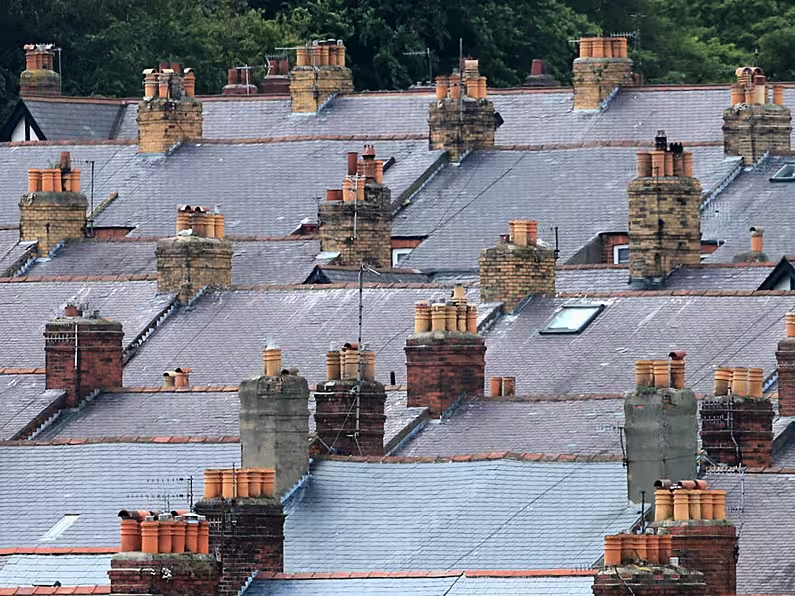The cost of houses and apartments in Ireland was up 4.5 per cent nationally in the year to April, according to the Central Statistics Office (CSO).
It represents a year-on-year increase, with residential property prices seeing a rise of under one per cent (0.7 per cent) over the same period last year.
The rise was largest outside of Dublin, with property prices around the country 5.4 per cent higher compared to an increase of 3.5 per cent in the capital.
In Dublin, house prices increased by 4.1 per cent and apartment prices increased by 0.9 per cent. The highest house price growth in Dublin was in Dublin City at five per cent, while Fingal and South Dublin saw a rise of 3.2 per cent.
Outside of the capital, house prices were up by 4.9 per cent and apartment prices up by 11.3 per cent.
The region outside of Dublin that saw the largest rise in house prices was the Border at 8.5 per cent, while at the other end of the scale, the South West saw a three per cent rise.
Overall decline
Overall, the national property price index remains 14.3 per cent lower than its highest level in 2007.
Dublin residential property prices are 19.6 per cent lower than their February 2007 peak, while residential property prices in the rest of the country are 16.8 per cent lower than their May 2007 peak.
In the year to April 2021, the most expensive Eircode area for was Dublin 6, with a mean price of €804,386. The least expensive within Dublin was Dublin 10, with a mean price of €243,923.
Outside of Dublin the most expensive Eircode area was Greystones, with a mean dwelling price of €506,865. The least expensive was Clones, with a mean price of €96,316.
Nationwide, the prices of new dwellings in the first quarter of 2021 were 2.5 per cent higher than in the corresponding quarter of 2020.
Prices of existing dwellings in the first quarter were 3.3 per cent higher than in the same quarter of 2020.
Overall, prices of new dwellings have risen by 73.7 per cent from their trough in the middle of 2013. Prices of existing dwellings are now 88.4 per cent higher than at their trough in 2012.












